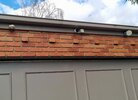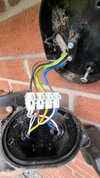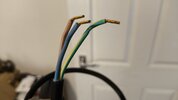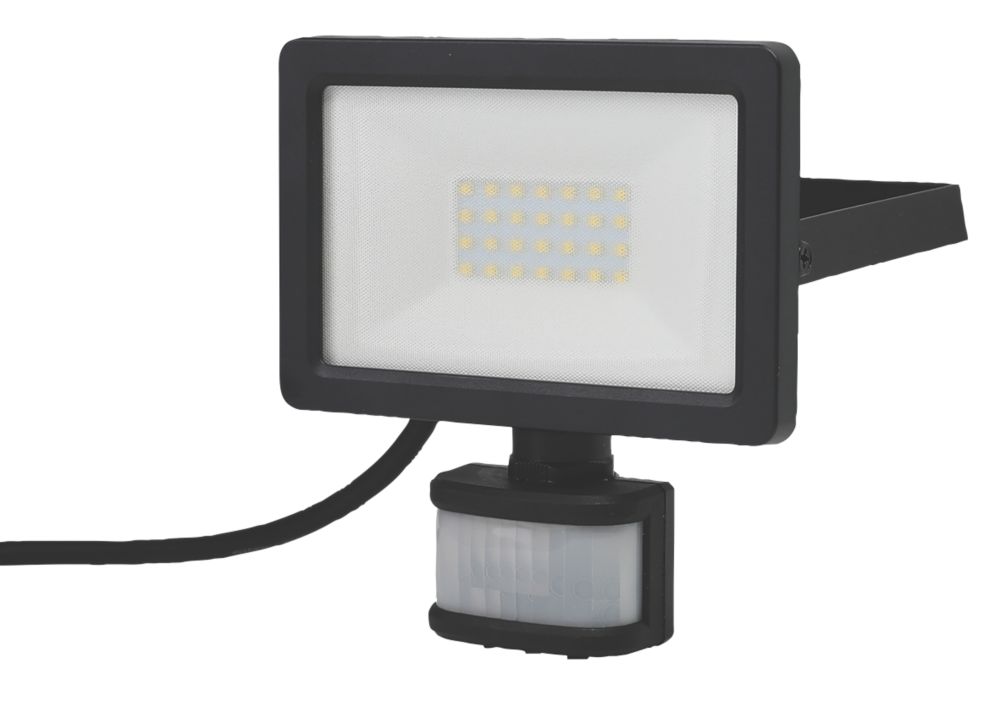Buy a light with a seperate PIR ?
Seems a shame when the new light already has a PIR...
Order online at Screwfix.com. Long lasting integrated LED. Ideal for lighting up an entrance to welcome visitors and deter potential intruders. PIR with sensitivity, adjustable time and lux light setting. FREE next day delivery available, free collection in 1 minute.

www.screwfix.com
The real "point" is that (mostly) the PIR fails before the rest of the Light Fitting.
Replacing the PIR is usually cheaper than replacing an entire fitting -
unless the "fitting" is so cheap that it should not have been purchased in the first place!
In addition, the PIR can be placed in a position where
it works best and the Luminaire can be placed where the light is
needed.
Also, two or more separate PIR sensors can be wired to control the same (set of) light(s) -
(Say - Entrance, Pathway, Front Door !)

Here is a "situation" where the PIR Sensor on the Left is pointing "down" the driveway
(and, [also] "sensing" movement on the Left),
but
the "Light" on the Right is pointing
across the driveway - towards the path leading
to the Front Door.
(The CCTV Camera in the centre, is pointing "Down" the driveway, but slightly to the Left.)
At the "Front Door" there is another PIR Sensor (in parallel) "monitoring" the same
pair of Luminaires - the other one being
at the Front Door.
Hence, any "visitor" triggers both Luminaires when approaching
on the driveway, walking
to the Front Door
and
the visitors
presence at the Front Door maintains both Luminaires - with the CCTV Cameras at the two locations monitoring the "visitors" activities - in "illuminated" colour - (
instead of "monochrome", derived from infra-red illumination).




